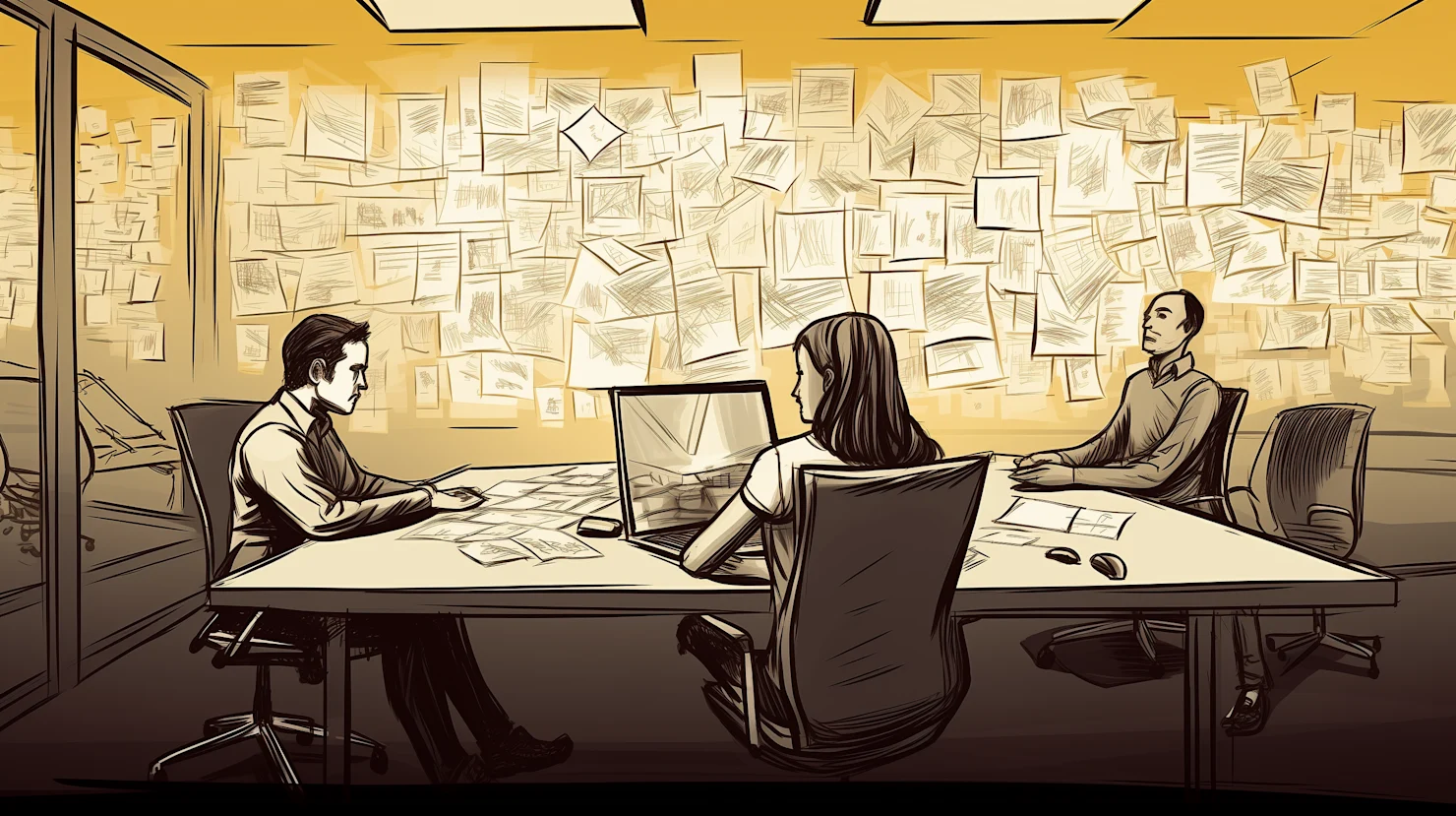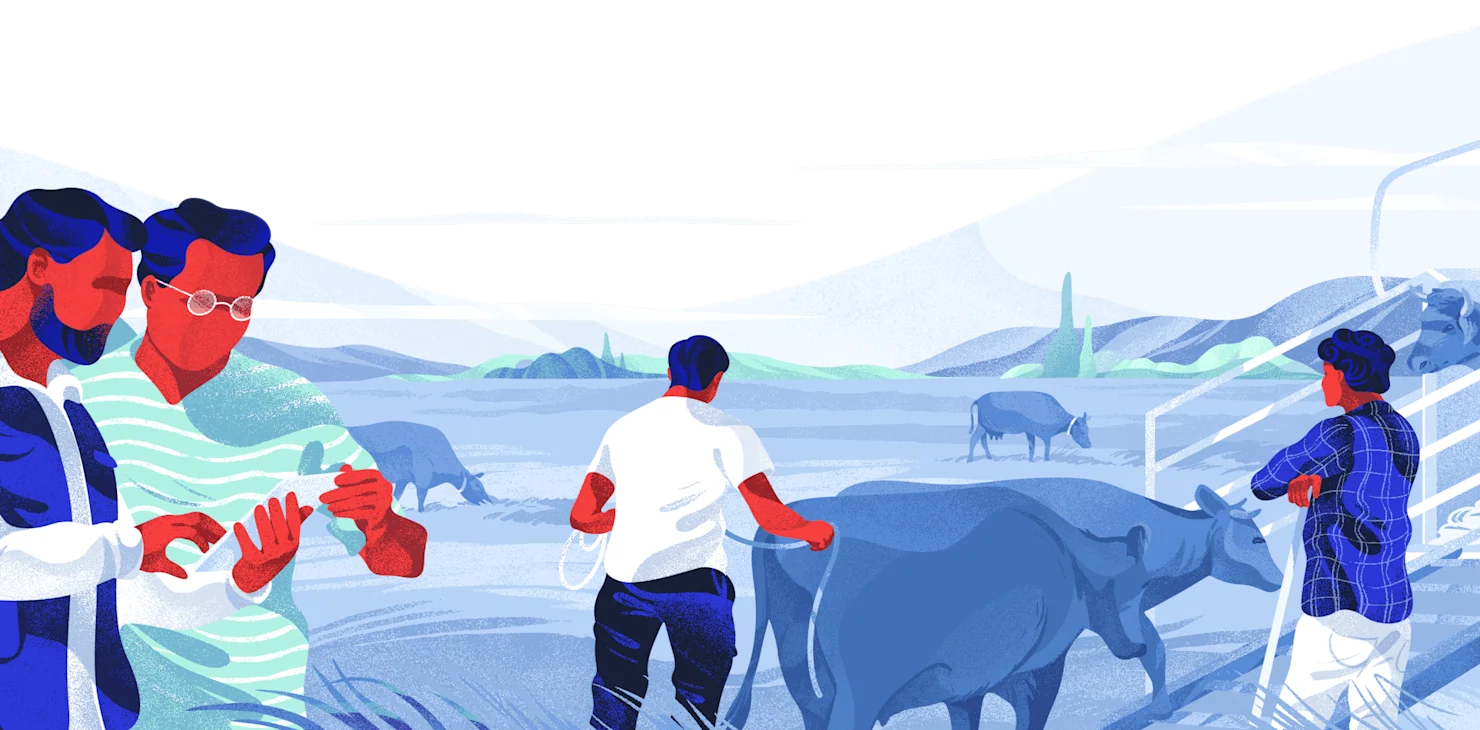Solving problems like supply chain traceability is no small feat. There are many touch points, systems to interface with, traditional processes, and legacy paper-based workflows.
This problem was no different. To create solutions to improve traceability, we had to understand our operating landscape. Who are the user groups, which systems do we need to interact with (or replace), which legislation or legalities do we need to abide by, and what processes do we need to change or replace?
Learn the Systems
We recommend understanding the end-to-end process and workflows of the system or systems you want to replace. This initial review can help your team map out the current ways of working, highlight any areas you want to focus on or pay attention to during the interviews and help give you a feel for how painful or difficult a process is.
Conduct Interviews
Utilising your already created research scope, it’s time to start speaking to the people and user groups you have already defined. In our case, this included:
Internal Support teams
Farmers (Producers) of differing sizes, from Smaller hobby farms to larger enterprises
Industry bodies and unions
State legislators
Federal and State police
Local agents and other stakeholders

You can conduct interviews in many different ways, and the choice depends on your budget, timeframe, research requirements, and accessibility of the people you need to speak to.
As we were making changes to a current process, albeit on paper, we elected to primarily use ethnographic research as it meant we could see how they interact with the existing systems in their place of work in the same way they would if we weren’t there.
Ethnographic research involves researchers spending time with a specific group of people to understand their way of life by watching and talking with them.
Synthesise and Analyse
Once your interviews have been conducted, the hard work of synthesising and analysis can begin. This is where you break down the user groups, categorise over-arching themes, and identify the project's pain points, tasks, and potential risks.
It’s not uncommon for a project to change direction during this phase, as you might realise the problem you thought was a problem was just a cover for something else far, far more significant.

A full explanation of how we conducted research for one of our clients is available in the following case study:

Supporting livestock farmers with innovative platforms to get ‘it’ done
Digitising farming with design thinking and mixed method research.